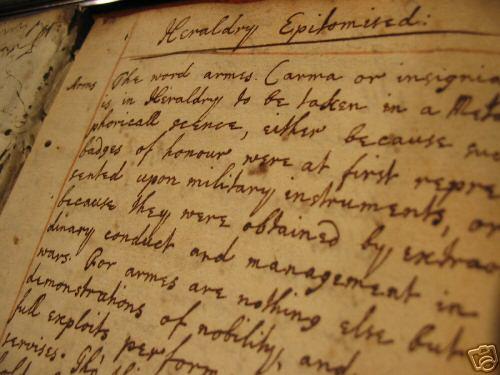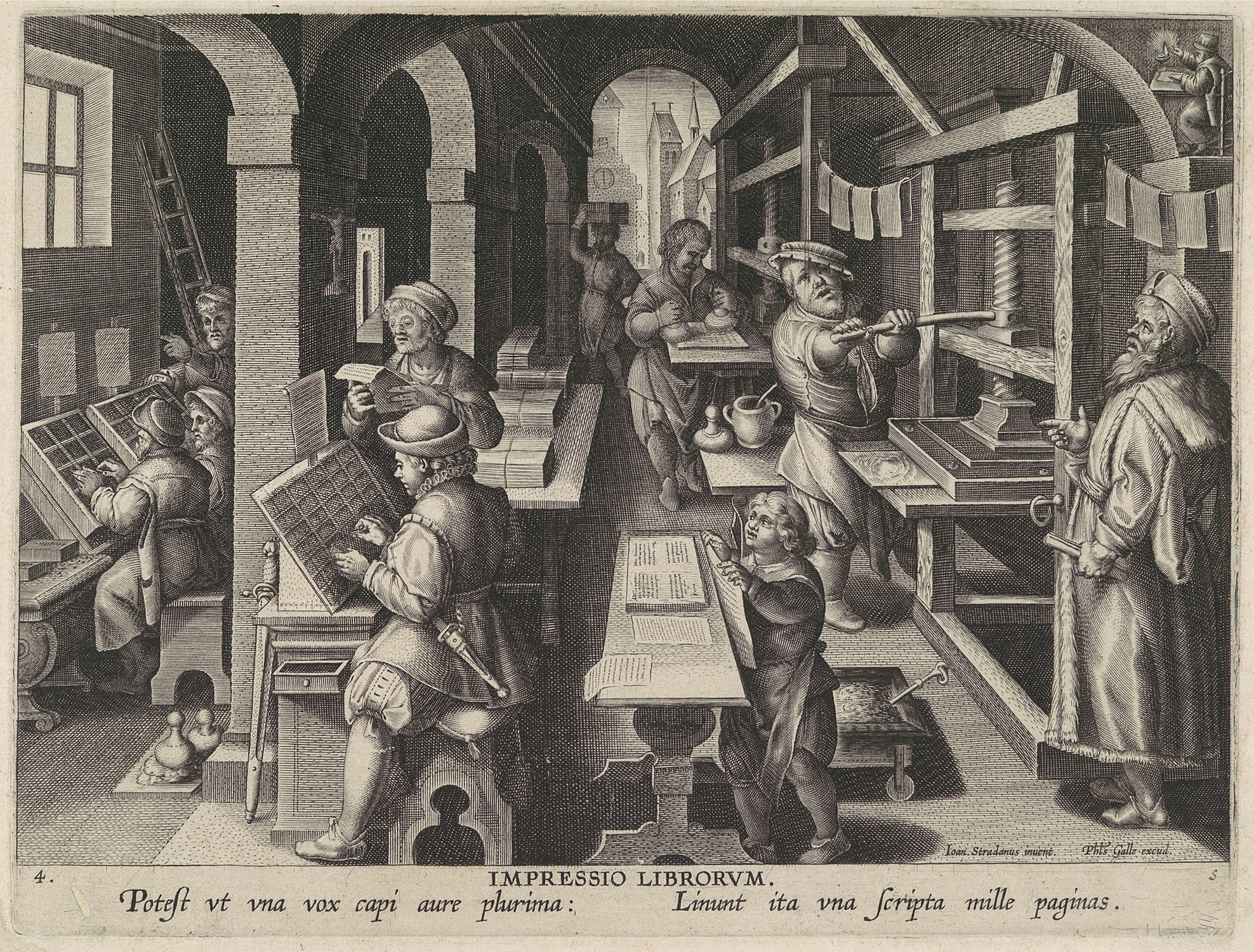Annotated Bibliographies
Different Areas of the World & Kinds of Paper

Our first annotated bibliography was an overview of the evolution of writing in different parts of the world. Some of these places included Greece, China, Turkey, Mesoamerica and Egypt. It focussed heavily on the types of paper used; bark, cloth, and even rocks for hieroglyphics.
Evolution of Book Appearance

Lucien Febvre, toward the end of his career he turned his attention to the history of books and printing. In 1958 he invited Henri-Jean Martin to edit his work. Martin completed the book after Febvre’s death and it was published in 1958. Febvre and Martin led the way in studies of the history, production, circulation and reception of books.
Early Printing in Europe

In the late fifteenth century, Europe began making the slow transition from scribal culture, one based on handwritten documents, to print culture. The common press was arguably the most important technological development that drove transition.
The Unacknowledged Revolution

In the late fifteenth century, the reproduction of written materials took place in a printer’s workshop. Ever since this point historians have been indebted to Gutenberg’s inventions. Very little has been made of the move into workshops despite its effect on society and the development of printing. Those who touch of the topic agree the invention of workshops had far-reaching effects it was Francis Bacon’s suggestions that it changed the appearance of the whole world which gained it the popularity it has.
Adrian Johns, “Introduction: The Book of Nature and the Nature of the Book”

Adrian Johns specializes in the history of the book, media and property from the renaissance to the present. Johns directly challenges Eisenstein’s conception of a print revolution. According to Johns, because printing was not uniform, the claims Eisenstein makes for it are seriously undermined. Johns argues that readers simply accepted print as a reliable use for communication.
Robert Darnton, “What Is the History of Books?”

Robert Darnton was a professor of Euopean history and the director of the Harvard University Library. He is viewed as a pioneer in the field of book history. In the following essay, Darnton introduces the concept of the “communications circuit,” offering his model for the study of book history as a circuit that runs from author to publisher to printer, distributor, bookseller, and reader.
Chapter 5, Authors

Robert Darnton argues that in order to properly understand how books come into the world, we should start by asking some key questions about authorship. Darnton’s questions imply the author's words are shaped by the world around them. As currently understood, an author is someone who originates or creates imagination with words. This chapter will look at the rise of the modern author.
Chapter 6, States and Censors

Political and religious entities have always had a powerful influence over the history of the book. Since the rise of the print age, states and censors have been shaping the relationship between the book and society. This chapter looks at some of the ways in which civil and religious authorities have contributed to the shaping of print culture.
“The Editorial Problem of Final Authorial Intention”

G. Thomas Tanselle has written extensively on textual criticism and bibliography and has edited works by Herman Melville. Editors since Greg have traditionally tried to produce a text that they believe reflects the author's final intentions. Tanselle borrows the kinds of intention from the literary critic Michael Hancher; programmatic intention, active intention, and final intention. The two kinds of revision authors can undertake are horizontal revision and vertical revision. Horizontal revisions produce a new text of the work, vertical revisions produce a new version of the work.
The Rationale of Hypertext

Jerome McGann is an important textual editor and editorial theorist, he is also at the forefront of developing digital tools for scholarship. In this essay, McGann brings these two aspects of his work together to reflect on the potential of digital tools such as hypertext to transform our understanding work to scholarly editors.